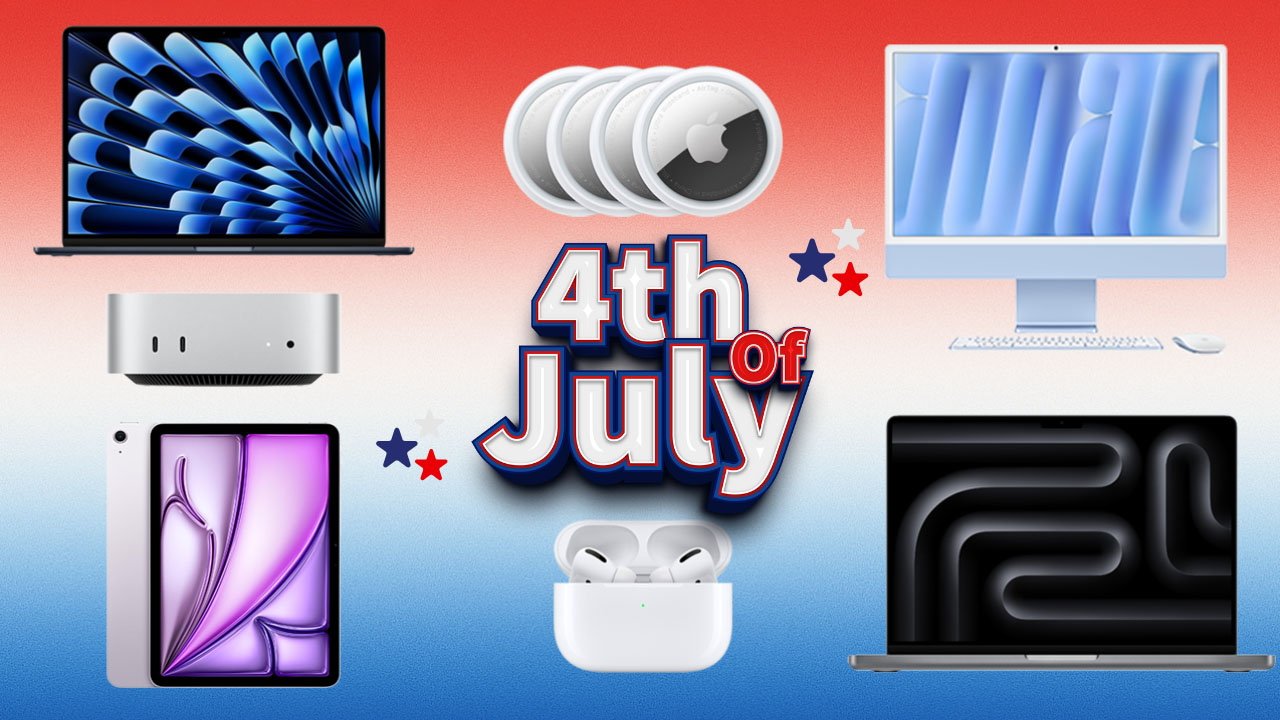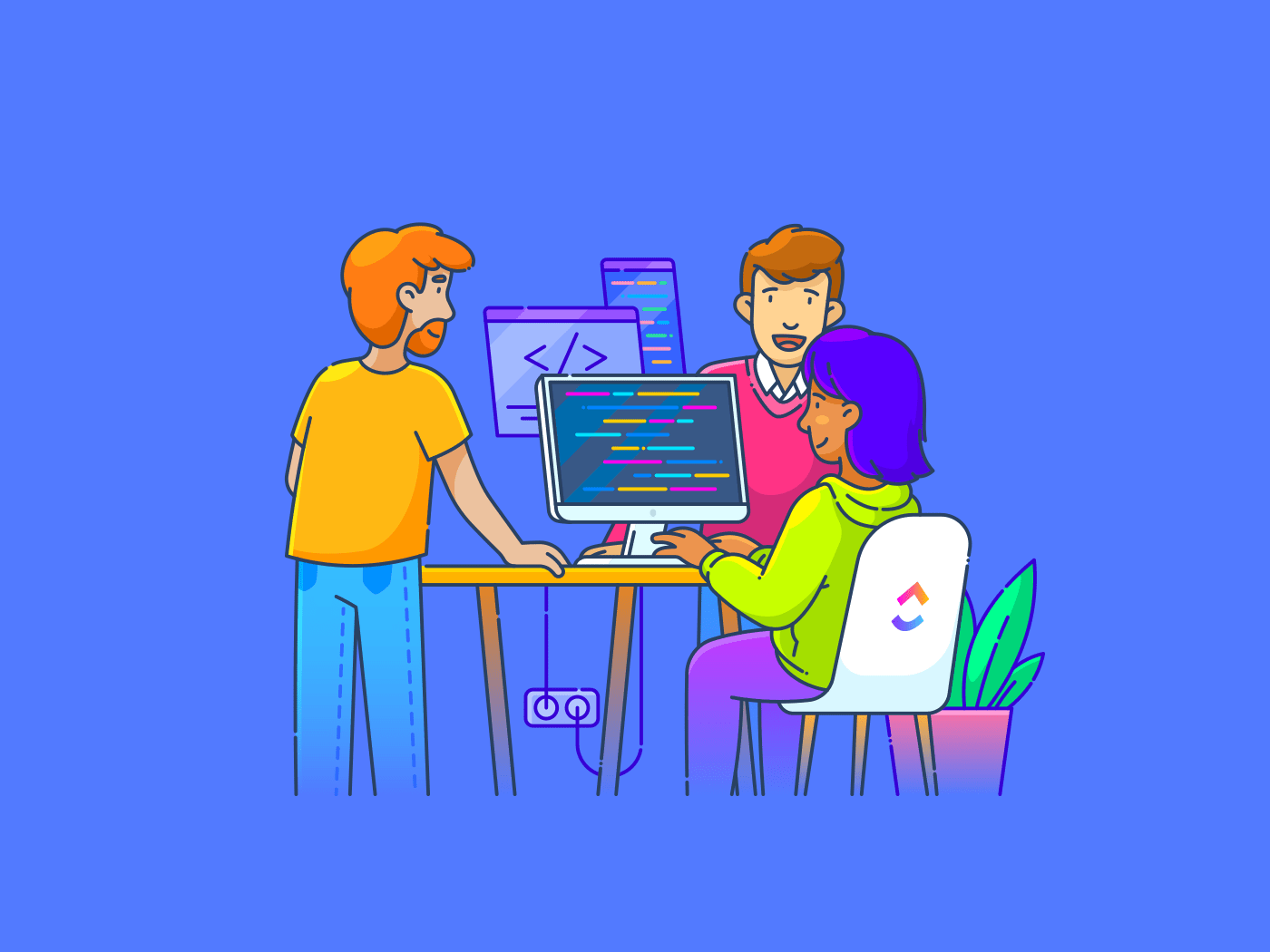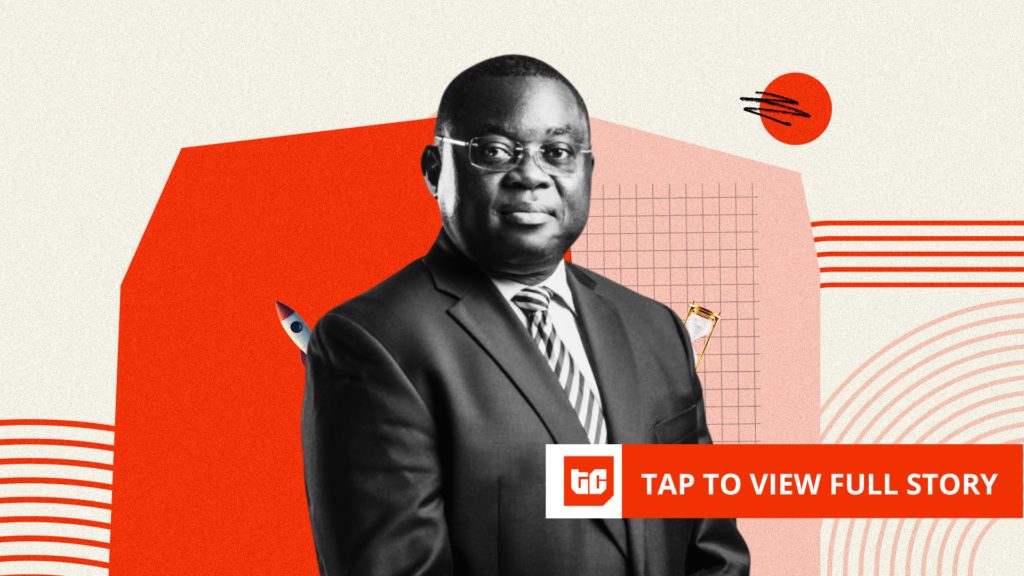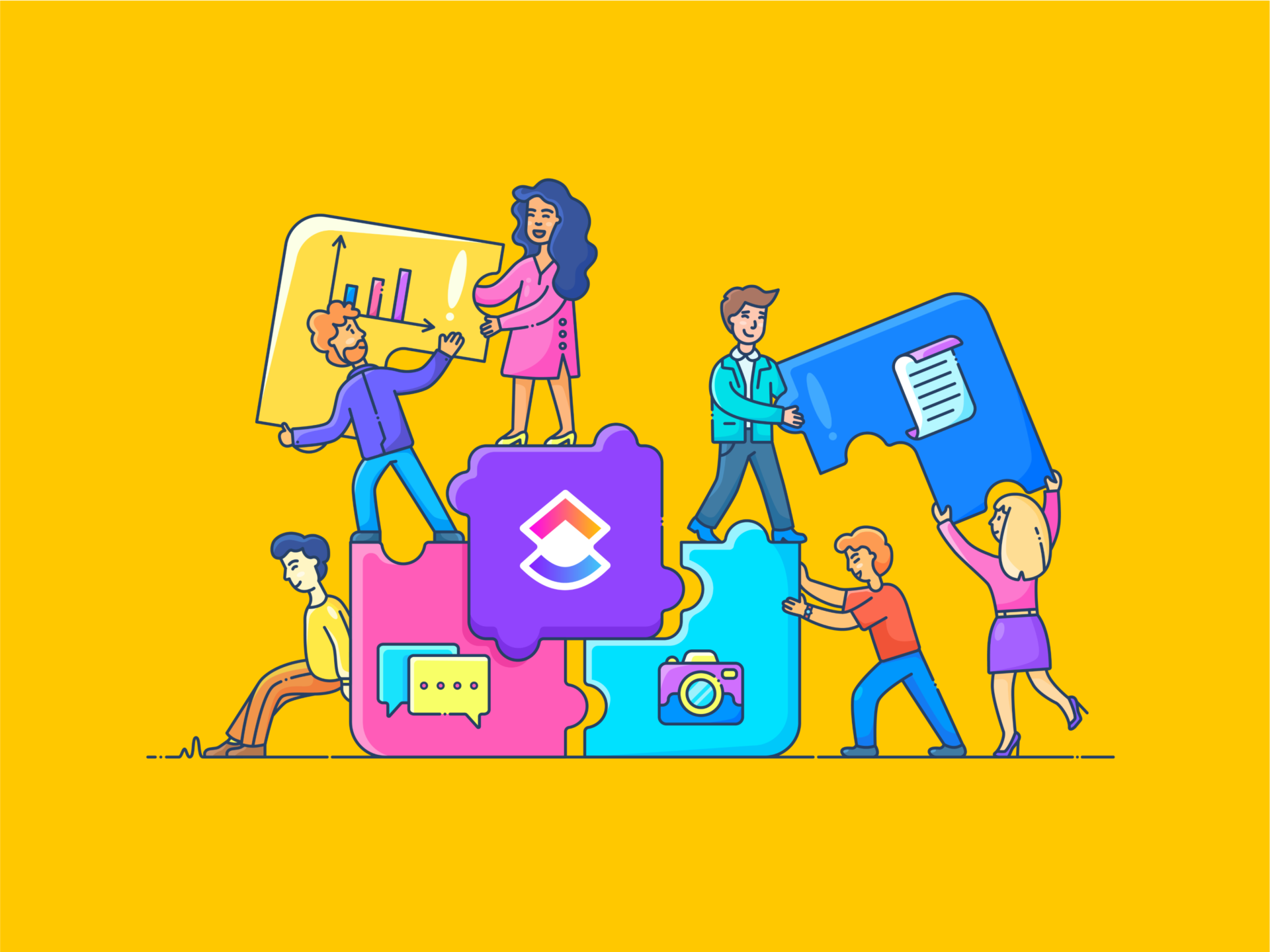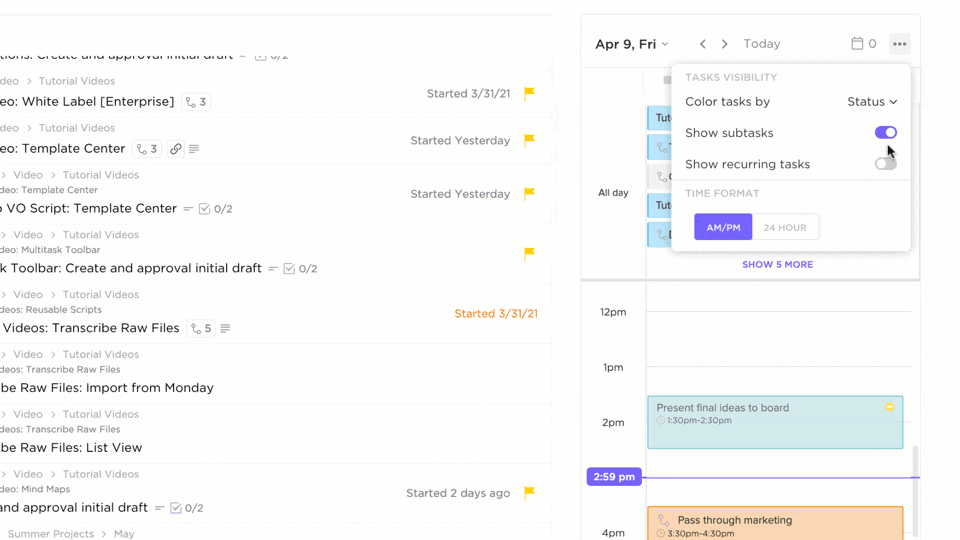Startups don’t fail because they lack ambition. They fail because they confuse momentum with machinery. I’ve lived this story more than once, inside some of the most aggressive, high-growth environments on the planet: Uber during its European blitz, Deliveroo at the height of its market battles, Tripadvisor expanding commercial teams, Foodbomb scaling from scrappy founder hustle to structured GTM and now, building my own startup from the ground up.
There’s a consistent trap I’ve seen operators, founders, and even experienced execs fall into. You hit your first $1M in revenue and assume the machine is working. You believe you’ve cracked it.
In reality? You’ve probably duct-taped your way to momentum. But the engine under the hood is nowhere near ready to scale.
That’s the Revenue Engine Paradox. The very behaviours that drive early revenue are often what cripple your ability to scale.
The Revenue Engine Paradox, Defined The actions that get you your first $1M in revenue are often the exact behaviours that prevent you from getting to $10M+.
I’ve seen this movie before.
At Foodbomb, we scaled from two salespeople to nearly 50. But the first $1M? That wasn’t process, it was brute-force founder hustle, relentless cold calls, tapping personal networks, and frankly, a lot of flying by the seat of our pants.
That’s survivable. But try doing that at $5M or $10M ARR with a 50-person team? It breaks.
At Uber, we saw the opposite. By the time we were expanding city by city, the GTM motion was industrialised. It was methodical, predictable, and painful to build, but it worked. We weren’t relying on local heroes. We had a revenue engine.
Escaping the Paradox: Build the Revenue Assembly Line Scaling isn’t heroic. It’s industrial. It’s building an assembly line.
Here’s how I’ve approached that across my career, from scrappy startups to billion-dollar machines:
-
Founder-Market Fit → Precision Over Volume
At my startup today, we’re hyper-aware of this. We’re resisting the temptation to chase every curious “interesting” lead.
Instead, we’re doing what Uber did in its best expansions: get ruthlessly precise. Define the ICP. Build buyer language blueprints. Say no to anything that smells like distraction.
At Tripadvisor, the commercial team learned this the hard way. Early on, the temptation was to chase logos and volume. But only when we focused on the ideal profile, travel businesses that could actually convert at scale , did revenue velocity really kick in.
Lesson: If you can’t explain exactly why your last 10 customers bought, and why you said no to the ones you didn’t, you’re not ready to scale.
-
The First Sales Hire → Experience Over Familiarity
At Foodbomb, our early mistake? Hiring “industry experts” who’d sold to restaurants before, but only small, transactional deals. When we pivoted to larger, multi-site venues with complex needs, they floundered.
It mirrored what I saw at Uber. The best performers weren’t necessarily from the food industry, they were operators who knew how to close six-figure deals, navigate procurement, and manage stakeholders.
Your first commercial hires should have closed your deal size, not just worked your sector. A B2B SaaS seller who’s closed £200K contracts in any sector will ramp 10x faster than someone who’s done £10K transactional deals in your exact market.
-
Incentivise for the Future, Not the Quarter
At my current startup, we’re building comp plans with painful precision. I’ve seen the consequences of getting this wrong.
At Foodbomb, early reps were paid solely on initial deal size. The result? Fast deals, bad-fit customers, and churn rates that killed growth.
The fix? Split commissions, half on deal closure, half on activation milestones. At Uber, we did this across city launches: local teams weren’t just judged on sign-ups but on active, retained riders and drivers.
If you pay for closed revenue alone, you build a leaky bucket. Pay for activation, retention, and expansion? You build a machine.
The 3 Early Indicators Your Revenue Engine Works
Your Sales Process Runs Without You : If you still have to “parachute in” to save deals, you’ve built dependency, not scale.
Customer Profiles Get Narrower, Not Wider: At Deliveroo, when we scaled into new cities, success wasn’t random. Our ideal customer was clear. That precision meant repeatable growth.
New Hires Outperform Founders : At Foodbomb, it was only when the sales team closed faster and more consistently than the founders that I knew the engine was real.
Be a Mechanic, Not a Magician Scaling revenue is industrial work, not magic.
The startups that break through the $5M, $10M, $50M barriers don’t rely on founder heroics or lucky hires. They build engines, disciplined, precise, boring in the best possible way.
I’ve seen both sides. At Uber, machinery. At early-stage startups, chaos. At my current startup, we’re obsessively applying these lessons from day one, because building an engine beats burning out on hustle.
The Revenue Engine Paradox is real. Most founders never escape it.
But if you build the system, deliberately, painfully, predictably, you don’t just grow. You scale.


